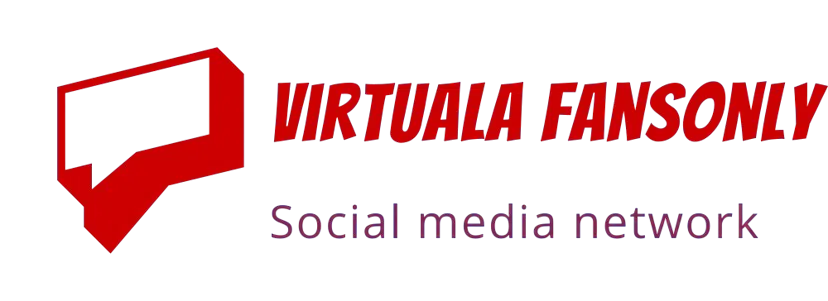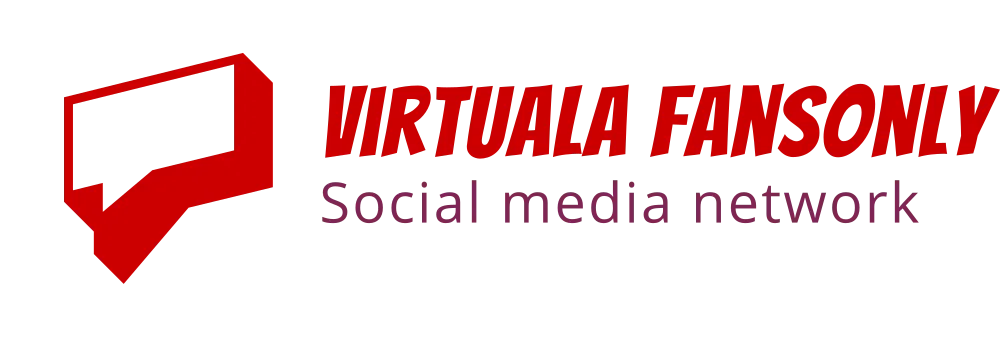UAV BVLOS Control via LEO Satcom Market Set for Robust Growth by 2033
The UAV BVLOS Control via LEO Satcom Market is witnessing significant growth, driven by the rising adoption of unmanned aerial vehicles (UAVs) for commercial, defense, and industrial applications. LEO satellite communication (Satcom) provides low-latency connectivity, enabling beyond visual line of sight (BVLOS) operations. This technology is redefining aerial operations, creating vast opportunities in surveillance, logistics, and emergency response sectors.
The increasing demand for real-time data transmission in remote areas and the integration of AI for autonomous UAV navigation are key factors fueling market expansion. Additionally, government initiatives promoting UAV usage for monitoring, agriculture, and disaster management are contributing to the widespread adoption of BVLOS operations via LEO Satcom.
However, challenges such as high deployment costs, regulatory complexities, and spectrum allocation issues may impede market growth. These restraints require coordinated efforts between industry stakeholders and regulators to facilitate smooth integration and scalability.
Request a Sample Report: https://researchintelo.com/request-sample/73041
Market Overview
The UAV BVLOS Control via LEO Satcom Market was valued at approximately USD 1.2 billion in 2024 and is projected to reach USD 5.3 billion by 2033, expanding at a CAGR of 17.5% during the forecast period. North America dominates the market due to advanced aerospace infrastructure, robust defense spending, and supportive regulatory frameworks for UAV operations. Europe and the Asia-Pacific region are witnessing accelerated adoption, driven by emerging UAV applications and growing investments in satellite communication networks.
Key market drivers include:
-
Technological Advancements: Integration of AI, machine learning, and advanced Satcom systems for real-time UAV control.
-
Expanding Commercial UAV Use: Industries such as agriculture, logistics, and oil & gas increasingly rely on BVLOS operations for efficiency.
-
Government Support: Incentives and policy frameworks encouraging UAV deployment for surveillance and disaster management.
The market is also influenced by environmental monitoring, infrastructure inspection, and border security applications. LEO Satcom offers enhanced connectivity over traditional terrestrial networks, allowing UAVs to operate seamlessly in remote or obstructed regions.
View Full Report: https://researchintelo.com/report/uav-bvlos-control-via-leo-satcom-market
Drivers and Opportunities
The UAV BVLOS Control via LEO Satcom Market is propelled by several growth catalysts:
-
Global Logistics Expansion: UAVs are increasingly used for last-mile deliveries, especially in hard-to-reach locations.
-
Enhanced Safety Protocols: BVLOS operations reduce human risk in hazardous areas such as oil rigs, mines, or disaster zones.
-
AI-Driven Navigation: Real-time decision-making capabilities enable autonomous UAV flight beyond line of sight, improving efficiency.
Opportunities abound for market participants:
-
Emerging Economies: Countries in Asia-Pacific and Africa are investing in UAV infrastructure for agriculture, mapping, and surveillance.
-
LEO Satellite Constellations: Growing satellite networks are providing global coverage, creating new BVLOS operational possibilities.
-
Urban Air Mobility Integration: The convergence of UAV BVLOS systems with smart city initiatives presents substantial growth potential.
Market Restraints
Despite promising growth, the market faces challenges including:
-
Regulatory Hurdles: Complex BVLOS regulations and airspace restrictions may limit widespread adoption.
-
High Capital Expenditure: Initial investment in LEO Satcom infrastructure and UAV systems is significant.
-
Spectrum Management Issues: Coordinating frequency allocation for UAV communications remains a technical challenge.
Technological Advancements Driving the Market
Recent advancements in LEO Satcom technology are pivotal for market evolution. High-bandwidth satellites provide low-latency links, enabling UAVs to transmit large data sets efficiently. Furthermore, integration with AI and edge computing allows UAVs to make autonomous decisions in real time, supporting applications such as precision agriculture, traffic monitoring, and emergency medical deliveries.
Miniaturized communication payloads and enhanced battery life are further enabling extended BVLOS missions. Satellite-based tracking and navigation systems also ensure safer operations in congested airspaces, reducing the risk of collisions or signal loss.
Enquire Before Buying: https://researchintelo.com/request-for-customization/73041
Regional Insights
-
North America: Dominates due to technological infrastructure, active defense programs, and favorable UAV policies.
-
Europe: Focused on integrating UAVs for urban mobility, surveillance, and industrial applications.
-
Asia-Pacific: Rapid UAV adoption in agriculture, logistics, and disaster management is driving regional growth.
-
Rest of the World: Middle East, Africa, and Latin America present new opportunities due to increasing investments in UAV and satellite networks.
Market Dynamics
The UAV BVLOS Control via LEO Satcom Market is shaped by a mix of technological innovation and regulatory evolution. The industry is transitioning from line-of-sight operations to fully autonomous BVLOS missions, backed by real-time data connectivity via LEO satellites. Strategic collaborations between satellite operators, UAV manufacturers, and AI solution providers are accelerating market growth.
Key dynamics include:
-
Integration with 5G and IoT: UAVs leveraging 5G networks and IoT platforms enhance operational efficiency.
-
Commercialization of BVLOS Services: Increasing UAV service providers in logistics, agriculture, and emergency response.
-
Standardization Efforts: Global bodies working to harmonize regulations, ensuring safe and interoperable BVLOS operations.
Check Out the Report: https://researchintelo.com/checkout/73041
Future Outlook
The UAV BVLOS Control via LEO Satcom Market is poised for sustained growth as technological capabilities expand and regulations become more UAV-friendly. By 2033, the market is expected to achieve widespread adoption in commercial, defense, and industrial applications. Advancements in AI-driven autonomous navigation, improved Satcom infrastructure, and expanding satellite constellations will continue to create high-value opportunities.





- Live Stream
- Causes
- Crafts
- Dance
- Drinks
- Film
- Fitness
- Food
- Games
- Gardening
- Health
- Home
- Literature
- Music
- Networking
- Other
- Party
- Religion
- Shopping
- Sports
- Theater
- Wellness
- Art
- Life
- Coding




